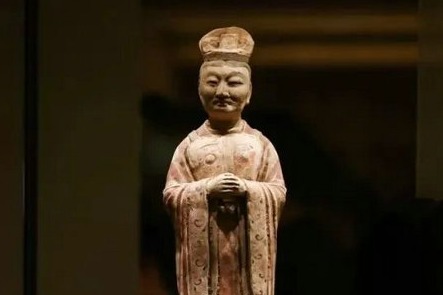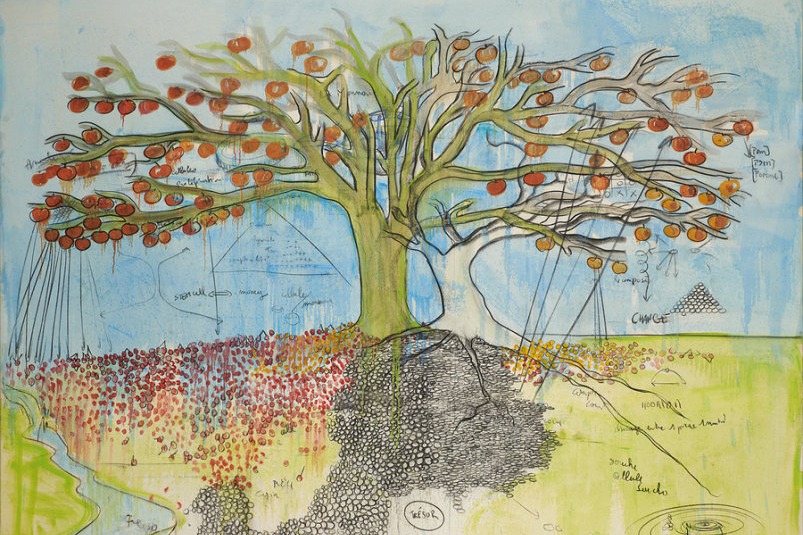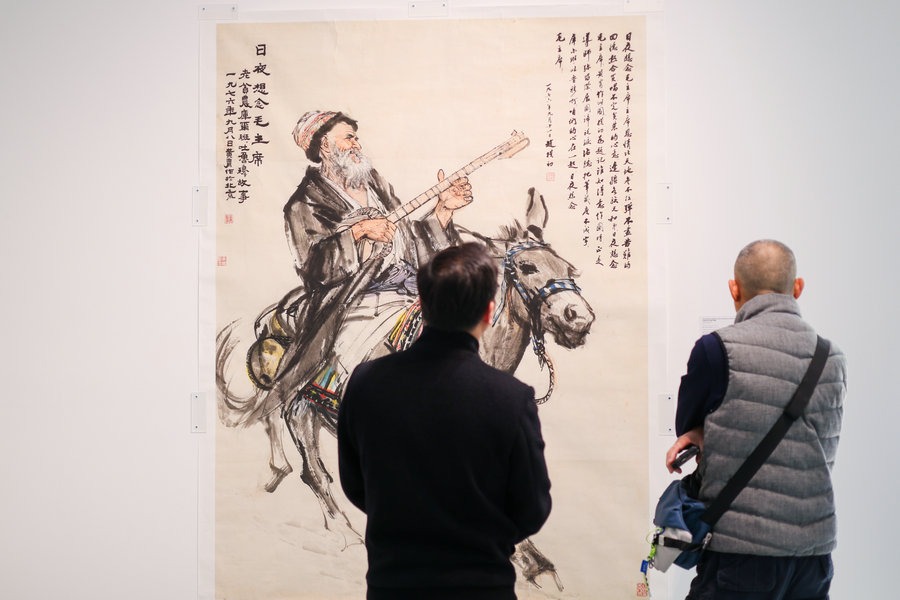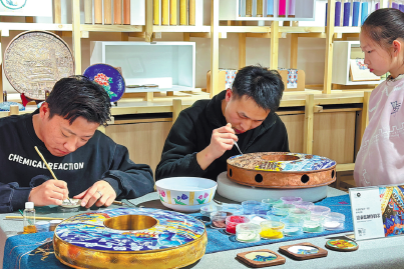Singing the sound of nature
In China, the popularity of Mongolian vocal traditions continues to develop new depth, Chen Nan reports.


Bahajan Yells, 21, from Xinjiang's Tacheng city, won the second prize.
"While there's a deep respect for tradition, khoomei is an art form that's alive and evolving. We're always looking for new expression within the boundaries of this ancient technique," says 35-year-old Hiimorit, who was invited to comment on the performances. "I am so impressed by these young people, who preserve the art form and keep it alive with creative fusion, such as with electronic music and hip-hop."
Born and raised in the Xiliin Gol League in the Inner Mongolia autonomous region, Hiimorit was introduced to music by his father, a singer. Since graduating from the Mongolian National University of Education with a doctorate in khoomei and morin khuur in 2022, he has been teaching both traditions at the Minzu University of China.
"What sets a master of khoomei apart is not just their technical ability, but the emotion they convey through the deep, resonant sounds," Hiimorit says. "The way a performer manipulates the overtones, and how they draw the audience in, is what makes a performance truly unforgettable."
He says that the appearance of khoomei in popular reality shows and movies has helped raise its profile among a wider audience. The hit animated movie Ne Zha 2, for example, features the distinctive sound, especially during mythical moments, such as the appearance of the Tianyuan Ding (a magical Taoist cauldron). Sung by Halamuji, a young Mongolian artist, it contributes significantly to the atmosphere.
"The movie's immense popularity provides a platform to introduce khoomei to a broader audience who might otherwise be unfamiliar," Hiimorit says.
A particularly exciting moment during the competition was the participation of 18-year-old Liu Haojia from Shanwei, a city in Guangdong province.





































